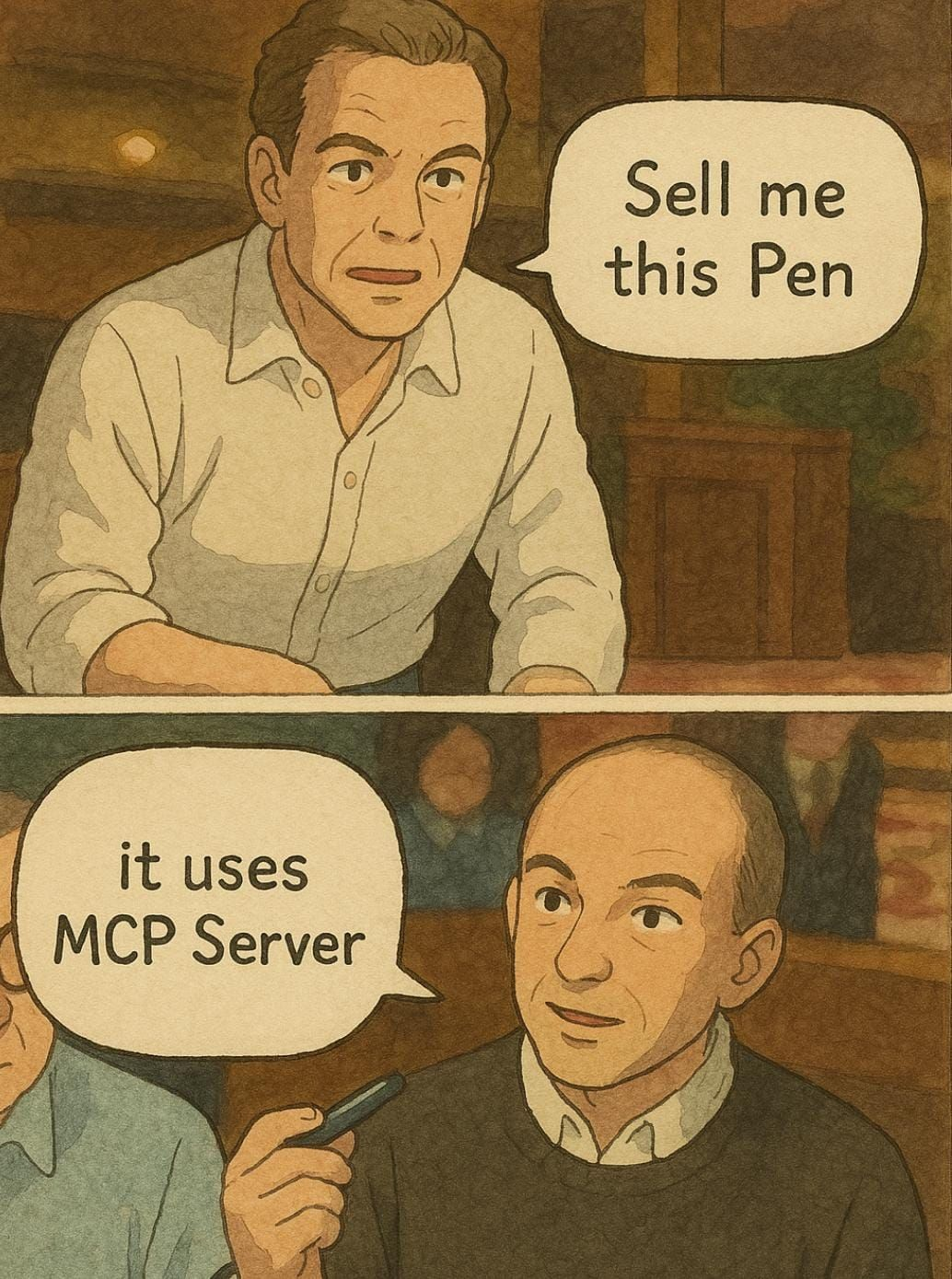Why MCP (Model Context Protocol) is Here to Stay!
Fri Apr 25 2025

You’ve likely heard the buzz about MCP (Model Context Protocol) — and I firmly believe it’s here to stay.
But what exactly is MCP, and why does it matter? Let’s break it down simply.
What is MCP?
MCP is a fundamental shift in the software development ecosystem. It introduces a new standard that redefines how AI Agents interact with external systems, making integrations seamless, reusable, and efficient.
Why Did We Need MCP?
Let’s say you’re building an AI agent that needs to talk to:
- Gmail
- A custom database
Traditionally:
- You manually write integrations for each API.
- You define authentication, permissions, and logic from scratch.
- Adding another agent? You repeat the entire process.
The Inefficiencies of the Old Way
- Redundant integrations per agent
- Inconsistent API logic (e.g., Gmail allows email deletion, but your use case might only need sending)
- No easy way to scale, since logic has to be redefined again and again
How MCP Fixes This
MCP introduces a unified abstraction layer, acting as a standardized protocol between AI agents and APIs. This eliminates the need for redundant integration logic.
It’s like having a central translator that speaks both API and AI-agent.
Before MCP:
Each AI agent has to handle API interactions separately.
With MCP:
AI agents simply communicate with the MCP server, which manages the requests for them.
The Result
- Faster Development
- Reusable APIs
- Standardized Permissions
- Agent-Agnostic Workflows
Final Thoughts
MCP isn’t just another buzzword — it’s a foundational layer for building scalable AI ecosystems.
Whether you’re building agents for customer service, health records, or internal tooling — MCP will help you avoid technical debt and grow faster.
If this topic intrigued you, feel free to connect with me or share this post with your network.
← Back to Home